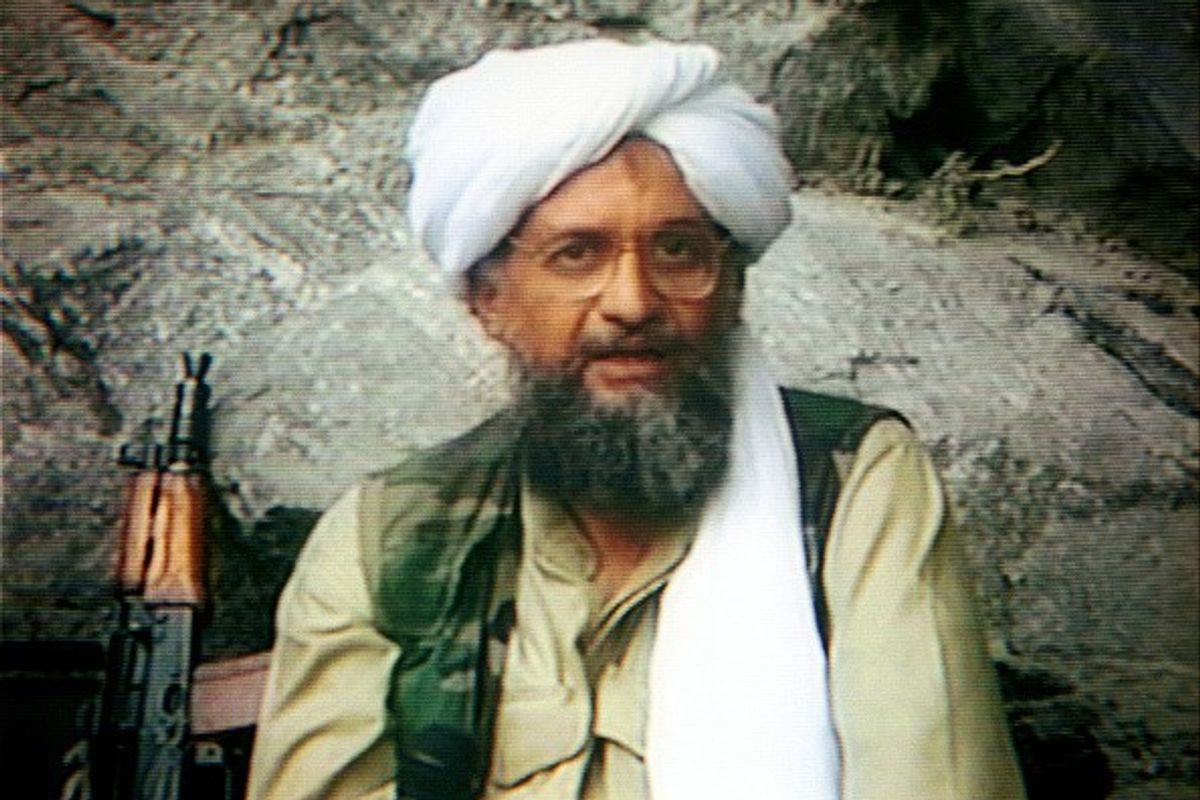This Academic Incubator column is part of an academic partnership with the Nunn School of International Affairs at the Georgia Institute of Technology, presenting regular expert commentary on global security-related issues by faculty, fellows, and students.
Progress and Challenges in German Reunification
The author is Claire Greenstein, PhD, Post-doctoral Fellow, Sam Nunn School of International Affairs, Georgia Tech
Thirty years after the Fall of the Berlin Wall, the German reunification process remains incomplete. Despite massive investment and a decades-long solidarity tax designed to even out the disparities between the older and newer halves of the Federal Republic, the Eastern states still lag far behind the West on a number of key indicators. GDP per capita, employment, and productivity are all lower in the East than in the West, while the level of racist violence is much higher. News articles frequently lament that East German towns are aging and dying, that citizens in the East feel resentful and left behind, and that condescending attitudes of members of the German elite—nearly all of whom were born and raised in the former West Germany—have helped persuade many Easterners to vote for the xenophobic, racist AfD party.
What is often missing in the reunification narrative, however, is the fact that, despite everything mentioned above, reunification is still a success story. In many ways, comparing East Germany in 1989 to the five new German states in 2019 is like comparing night and day. For one thing, easterners no longer have to worry if they are living in a community too toxic for human habitation, as was the case in the sclerotic GDR.
In 1990, the New York Times reported that East Germany’s environmental policy had left the country looking as if it had undergone chemical warfare. That same year, East Germany’s Minister of the Environment stated that pollution had rendered approximately twenty percent of the country’s water unusable, and “forty-one percent of the country’s forests were dead or dying.” Dirty energy sources made air quality so bad that sometimes drivers could not see through the smog.
Luckily for residents and the world at large, the environment in former East German states has largely bounced back. Air quality has improved, former environmental disaster areas now play host to tourists, and heavy metal pollution has dropped precipitously. Germany as a whole is seen as an environmental leader (despite its reliance on brown coal mines), and in July of this year, one area in the former East was able to meet its energy needs entirely with renewable energy sources, allowing it to temporarily shut down a coal power plant.
The most meaningful change in the last 30 years, however, is that the Fall of the Wall created the opportunity for millions more Germans to live, work, and study anywhere in the world, and to do so regardless of their political, religious, or personal beliefs. This was not the case in East Germany, where the country’s infamous secret police force, the Stasi, utilized its vast network of employees and informants (there was approximately one Stasi spy for every 6.5 GDR citizens) to prop up East Germany’s repressive regime. Some studies have faulted this surveillance network for the lingering gap in economic achievement between East and West; others have shown how it reduced social capital, which has manifested in the present-day East in the form of lower levels of volunteerism, solidarity, organizational participation, and even organ donation.
East Germans did not need to do anything drastic to incur Stasi surveillance; belonging to the punk scene, participating in a religious group, or writing to a West German breast-feeding organization for informational literature was reason enough for the secret police to surveille, harass, and arrest someone. Stasi members and informants documented all of these supposedly subversive activities in minute detail; nearly 69 miles of Stasi documentation still exist, available for academic study and personal perusal.
The state apparatus abused its citizens in a range of ways, including imprisonment, forced expatriation, psychological and physical torture, and forced labor. Sometimes the state would punish dissident women by taking their children away; sometimes the state would punish dissident children by placing them in horrifically abusive juvenile detention centers. Behaviors that are innocuous in a democratic regime could lead to lifelong persecution, trauma, and exclusion from higher education, a fulfilling career, and stable interpersonal relationships in totalitarian East Germany. Even for those who outlived East Germany without incurring physical damage, the mental and emotional toll often persists, making it especially painful when their fellow Germans equate the current government with the East German dictatorship or openly long for the comfort and security they felt they had under the communist regime.
For all the problems that the former East German states and their residents face today, and for all the pitfalls of Germany’s current political, economic, and social systems, there can be no debate about whether it is better to live under the past abusive totalitarian government or the present democratic regime. The transition from authoritarianism to democracy, from a command economy to capitalism, was jarring and difficult and continues to have an effect on Germany. However, the opportunities, freedom, and liberty available in the present-day Federal Republic far exceed what was possible in East Germany, and for that reason alone, the Fall of the Berlin Wall and subsequent German reunification is—and should be acknowledged as—a rare historical bright spot.
And while at this point East Germany and the fall of the Berlin Wall are historical rather than contemporary, they should still inform US policymakers. Unlike the US, which has been a democracy (albeit a restricted one) for generations, Germany has experienced two dictatorships within living memory. Indeed, German Chancellor Angela Merkel, one of Germany’s few leading politicians with East German roots, was only 35 when the Wall fell and opened the world of politics to her. The recency of this history means that Germans are intimately acquainted with—and largely averse to—both leftwing and rightwing populism, internal division, and ‘Us vs. Them’ politicking. Black and white arguments don’t pass muster with a majority of German politicians, and verbal bravado without policy substance is more likely to raise hackles than win allies.
Unfortunately for the US-German relationship, this sets the German government at odds with the current US administration, which is not known for subtlety, nuance, or sophistication. Transatlantic ties are strained, but they have not yet snapped, and there are concrete ways for US foreign policymakers to be more effective. By respecting the democratic norms that Germany has fought so hard to create and cement, avoiding language and behavior reminiscent of the recent East German dictatorship, and keeping the country’s recent experience of authoritarianism in mind, American officials will be better able to communicate with and understand their German counterparts. It is hard to bridge divides such as the current transatlantic rift, but, as German reunification has shown, it is well worth the effort.
The Cipher Brief is proud to work with The Sam Nunn School of International Affairs, Georgia Institute of Technology, to bring you this ongoing series on #EmergingTechnologies and #FutureWarfare.
The Cipher Brief’s Academic Partnership Program was created to highlight the work and thought leadership of the next generation of national security leaders. If your school is interested in participating, send an email to Editor@thecipherbrief.com.
Read more national security perspectives and insights in The Cipher Brief and sign up for our free daily newsletter.












